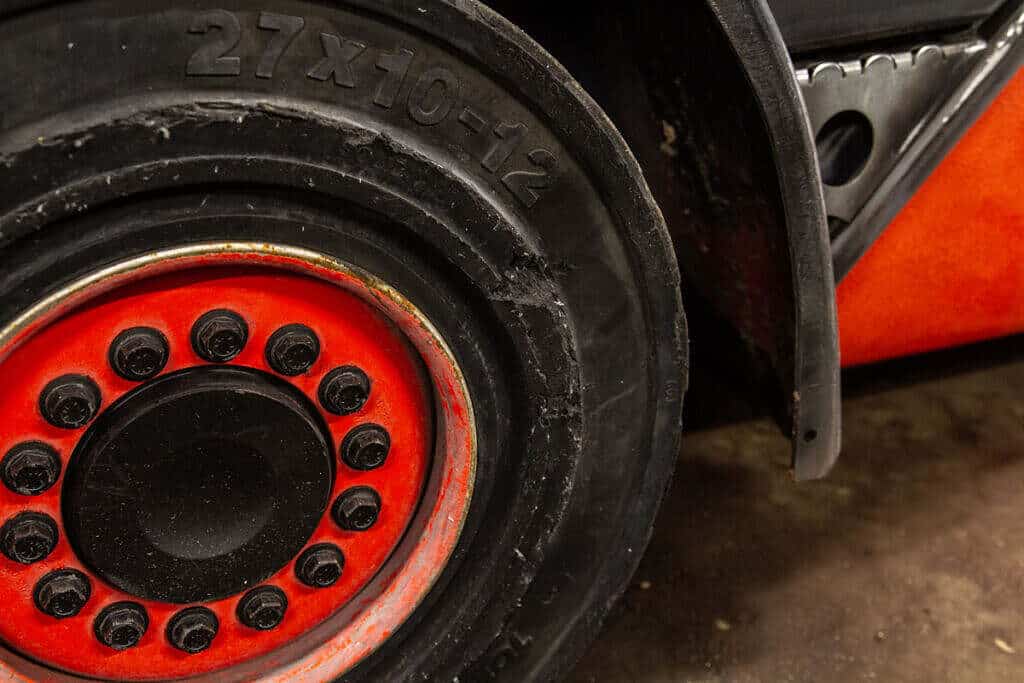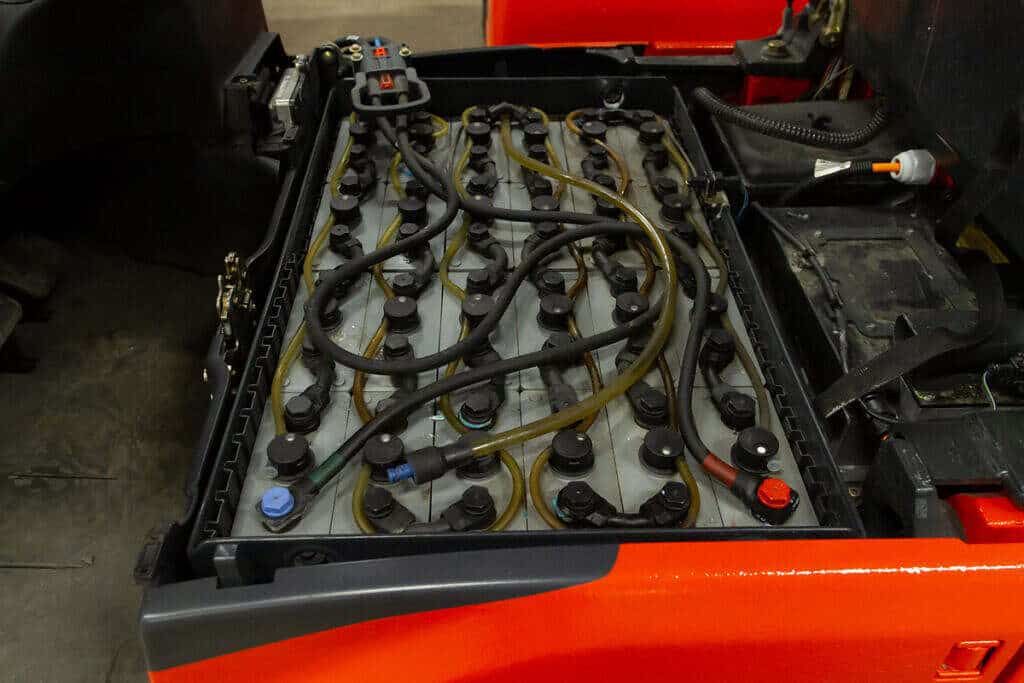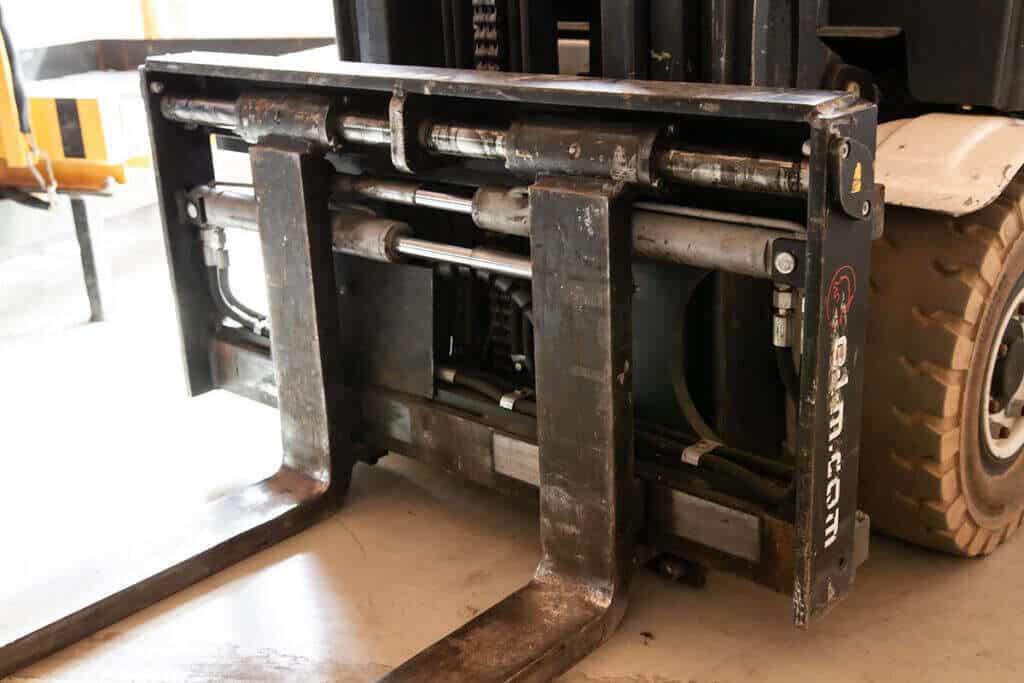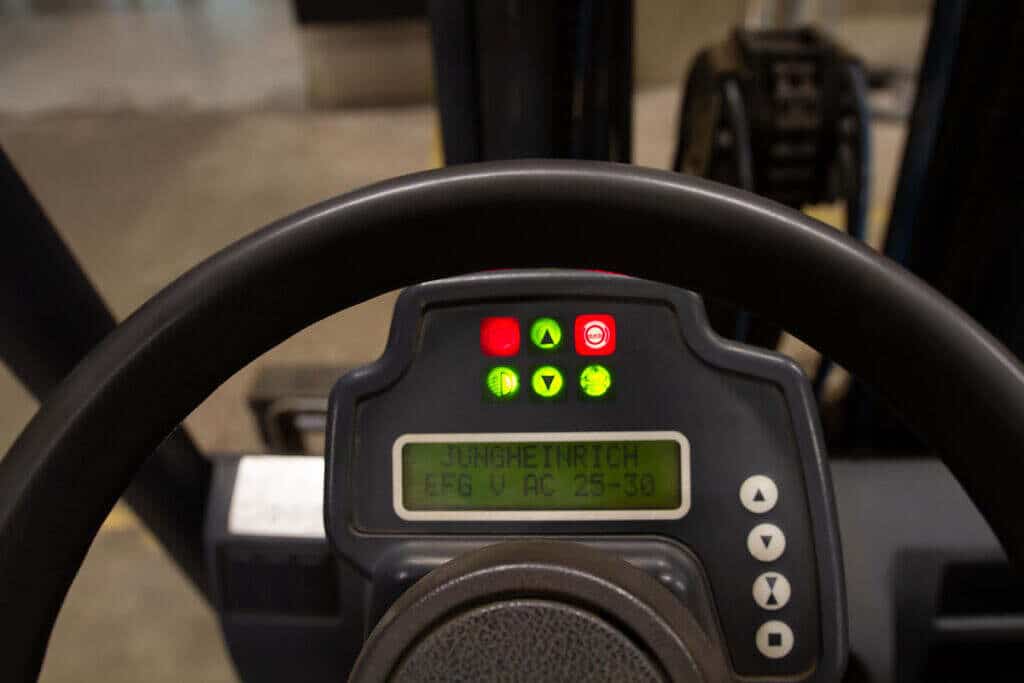Cookies on this website help us improve the site. Cookies are stored in your browser's memory and perform various functions. The choices you save with cookies remain in memory and you do not need to make any choices again when you return to the site. Analytics cookies tell us which pages or sections of the site are most interesting and where there may need to be development.
Cookies overview
Essential cookies
Essential cookies are essential for the operation of the website. They also allow you to save your cookie choices.
If you block these cookies, we will not be able to save your cookie choices. In this case, you will see a cookie query and you will have to make a choice every time you return to the site.
Third-party cookies
This site uses Google Analytics to analyze the site's operation. Cookies help us understand, for example, the most popular pages, average session duration, user operating system, and other anonymous information. Google conversiontag, on the other hand, helps us measure the effectiveness of advertising.
Please allow the necessary cookies so that we can save your selection.
Cookie policies
More information about cookies: Data traps




